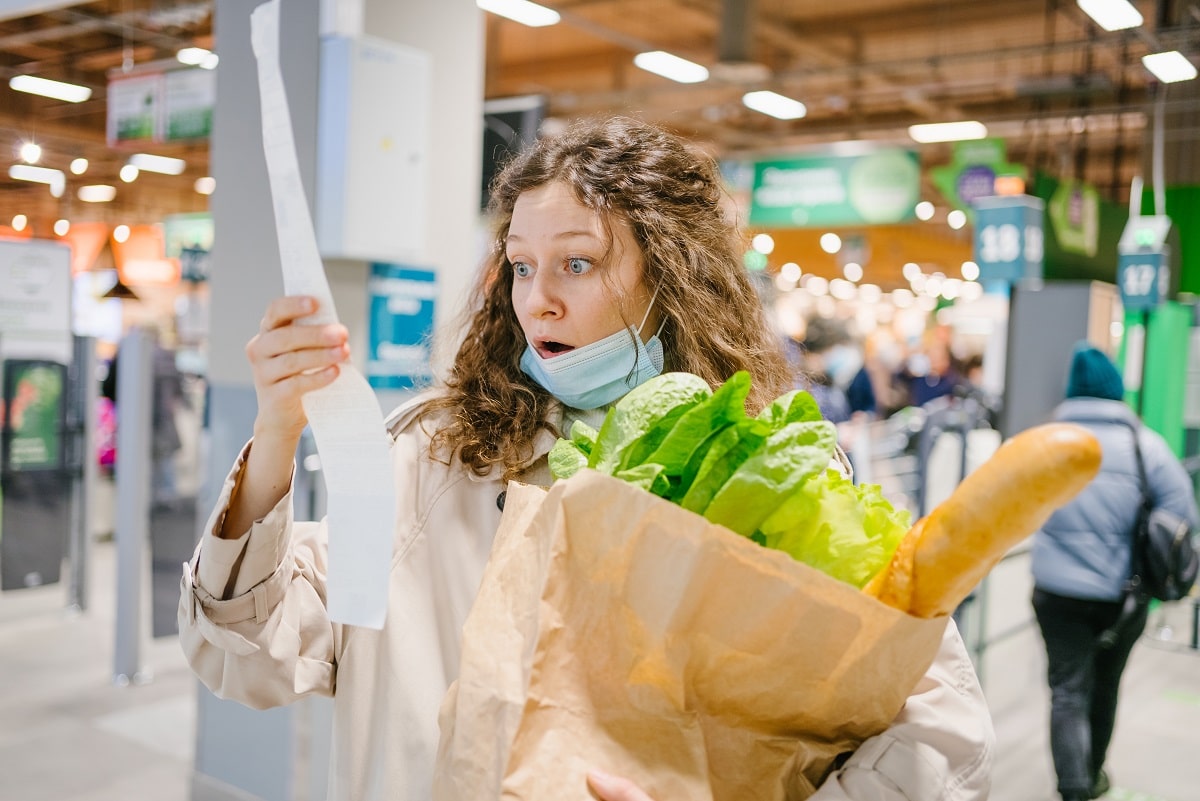Eating right is crucial but also costly. Unfortunately, some of the healthiest foods, such as fresh fruits and vegetables, are also the most expensive. In some cases, this is unavoidable, and you have to pay a little more for the nutritious food. However, there are some overpriced foods that people tote as “health essentials” or “healthy snack hacks,” but they’re way too expensive to be worth it.
Save money by skipping these pricey health foods and opting for nutritious but affordable alternatives, whether at the supermarket or your favorite restaurant.
#1. Organic Foods

This may shock some people, but according to experts, there is no point in buying most organic foods. Organic food isn’t more nutritious, and many foods that are not labeled “organic” don’t use pesticides anyway. When shopping, skip the organic stuff unless it’s produce without a peel.
#2. Protein Drinks and Bars
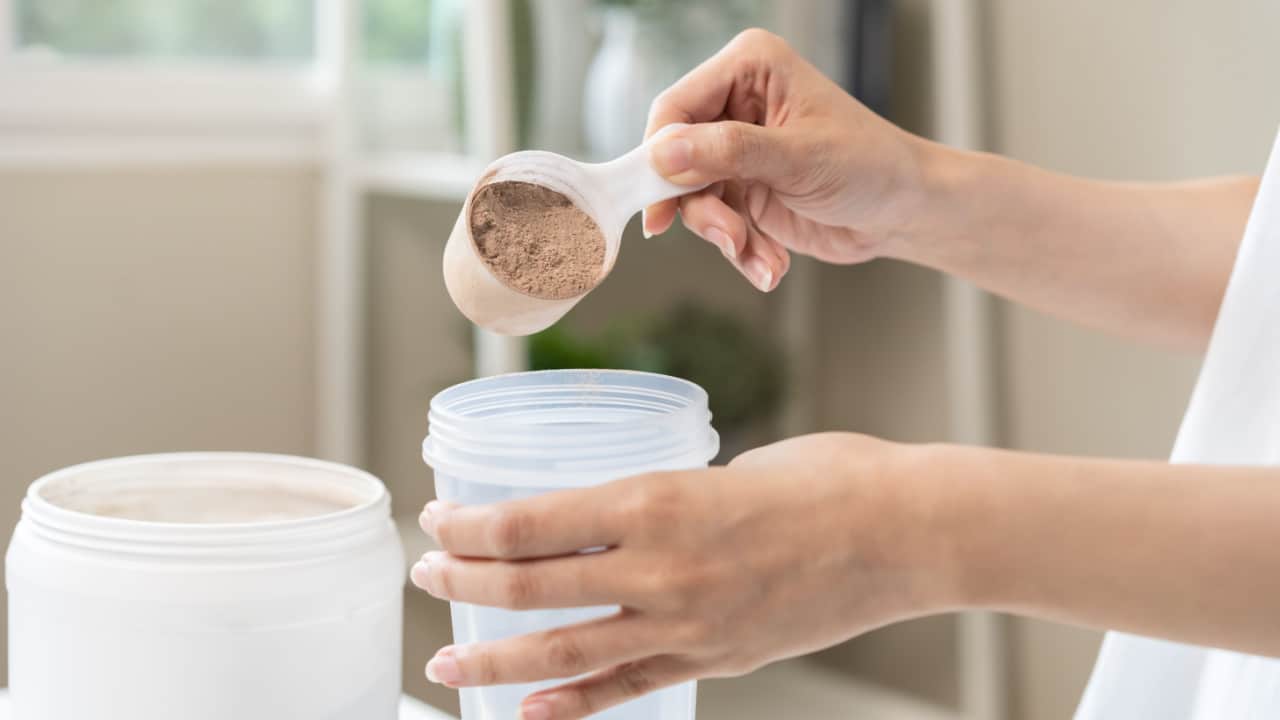
People concerned about insufficient protein in their diet often resort to protein drinks, bars, and sometimes powders. These pricey grocery items are often unnecessary if you eat a balanced diet with nuts, meat, or dairy.
#3. Veggie Sticks
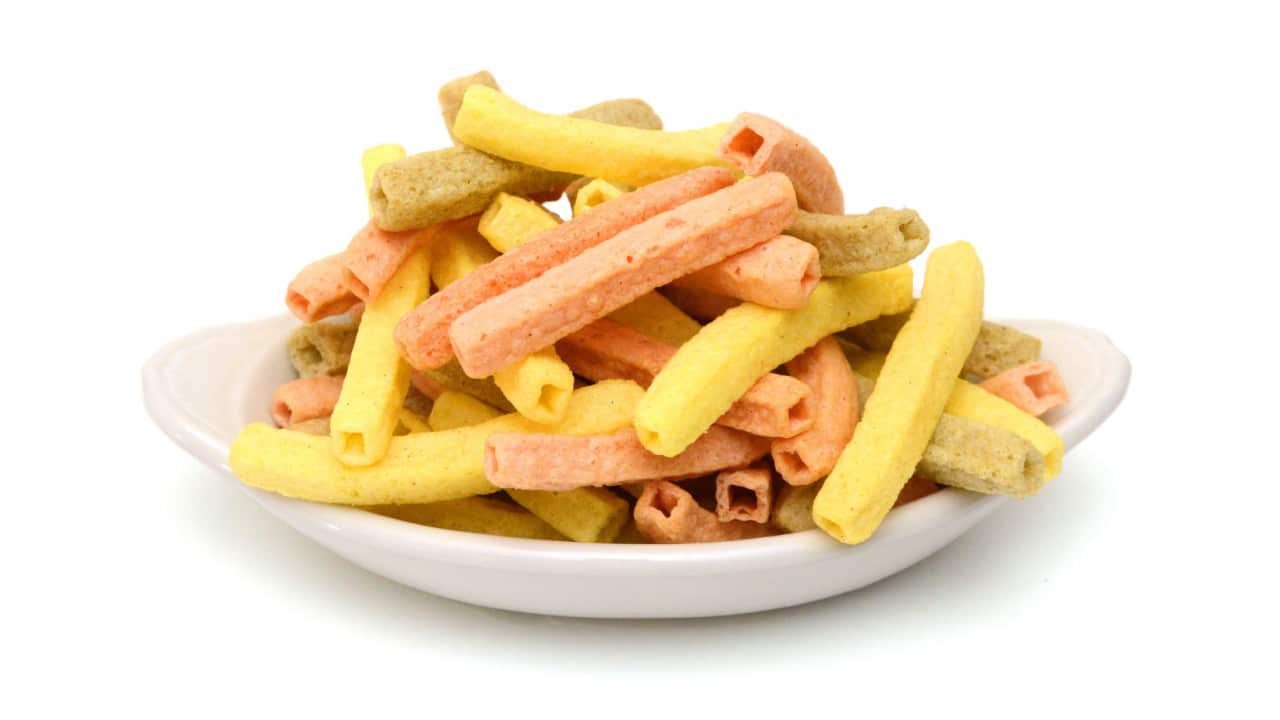
For those of us who love to mindlessly snack while watching our favorite sitcom, veggie sticks seem like a healthier option than potato chips or Ritz. However, this health food isn’t as healthy as you may think, and a single bag can cost over $11.
#4. Gluten-Free Snacks
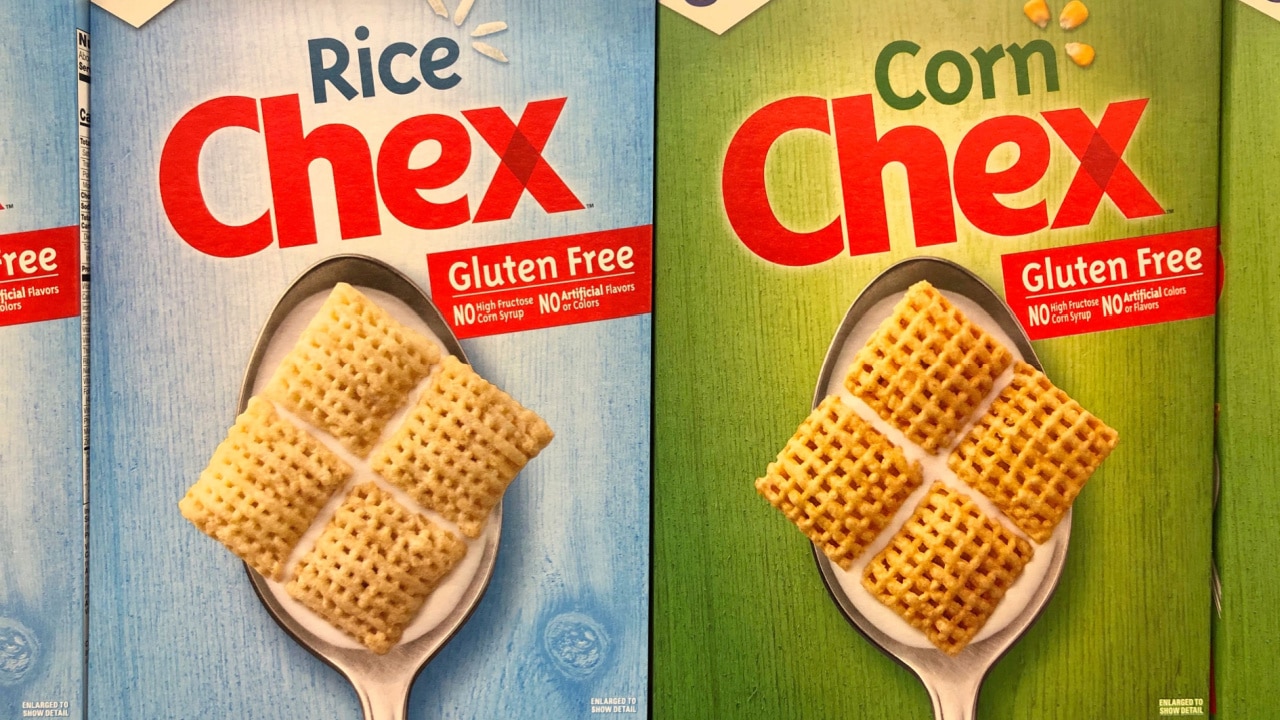
Of course, if you have celiac or your doctor advised you to avoid gluten, you should buy these snacks. But for everyone else, gluten-free snacks are not healthier than their gluten-filled counterparts and usually cost twice the price, so they’re not worth it.
#5. Bottled Smoothies
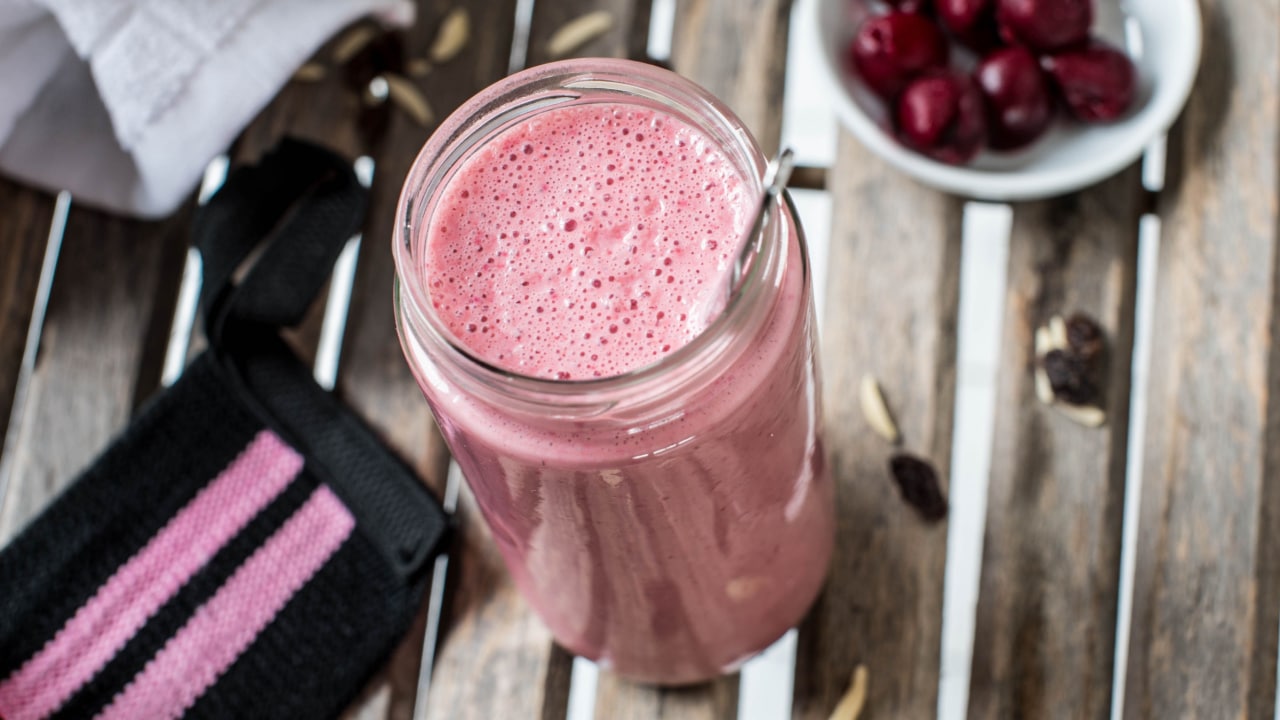
We get it; making a smoothie from scratch is effortful. And the ones in the bottles at the store taste just as good! Unfortunately, those little bottles, which typically cost around $10 each, often contain excess sugar and not nearly as much real fruit as you expect.
#6. Lean Frozen Meals

Yes, we’re talking about you, Lean Cuisine! The calorie counts on these kinds of frozen meals are low, making them appealing, but it’s only because the portions are so small. Ultimately, you’re paying top dollar for a third of a meal, so you’ll be left hungry and broke if you rely on these.
#7. Rice Cracker
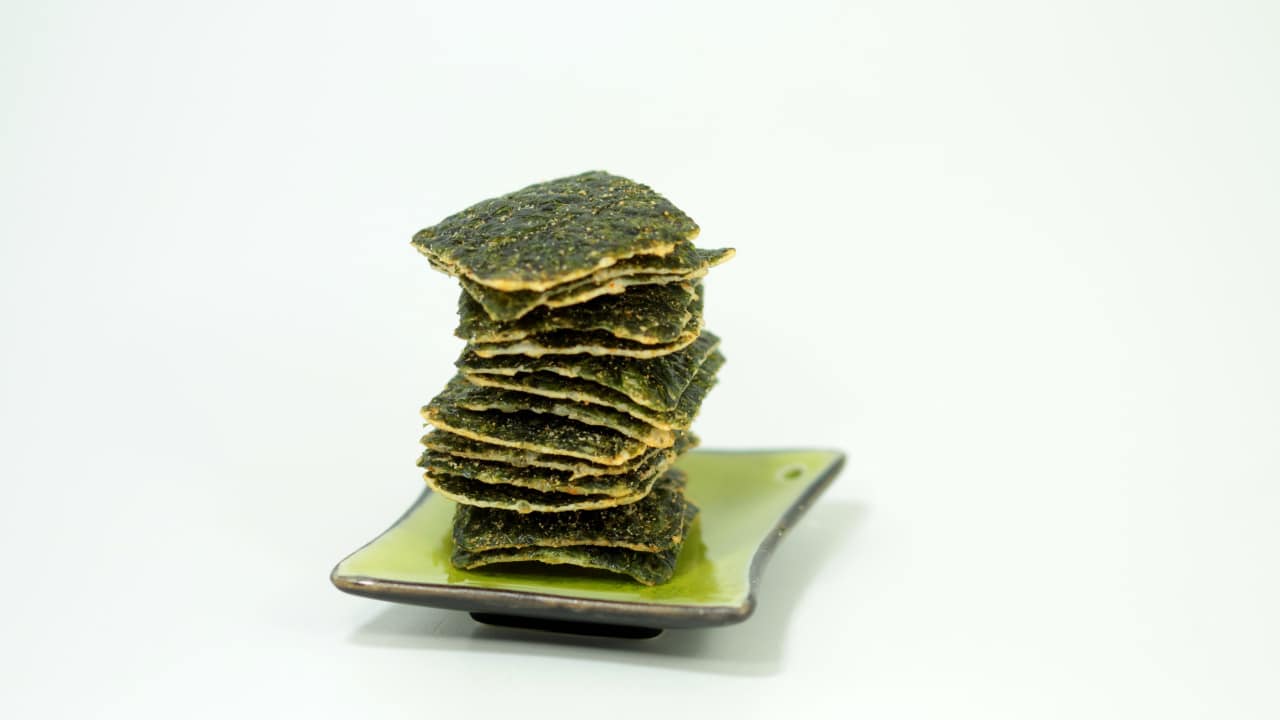
Rice, sweet potato, kale, and flax crackers are some common cracker alternatives that people pay an arm and a leg for. However, these items are not substantially more nutritious or lower in calories than your average saltine, so you can buy the cheap, affordable crackers instead.
#8. Flavored Yogurt
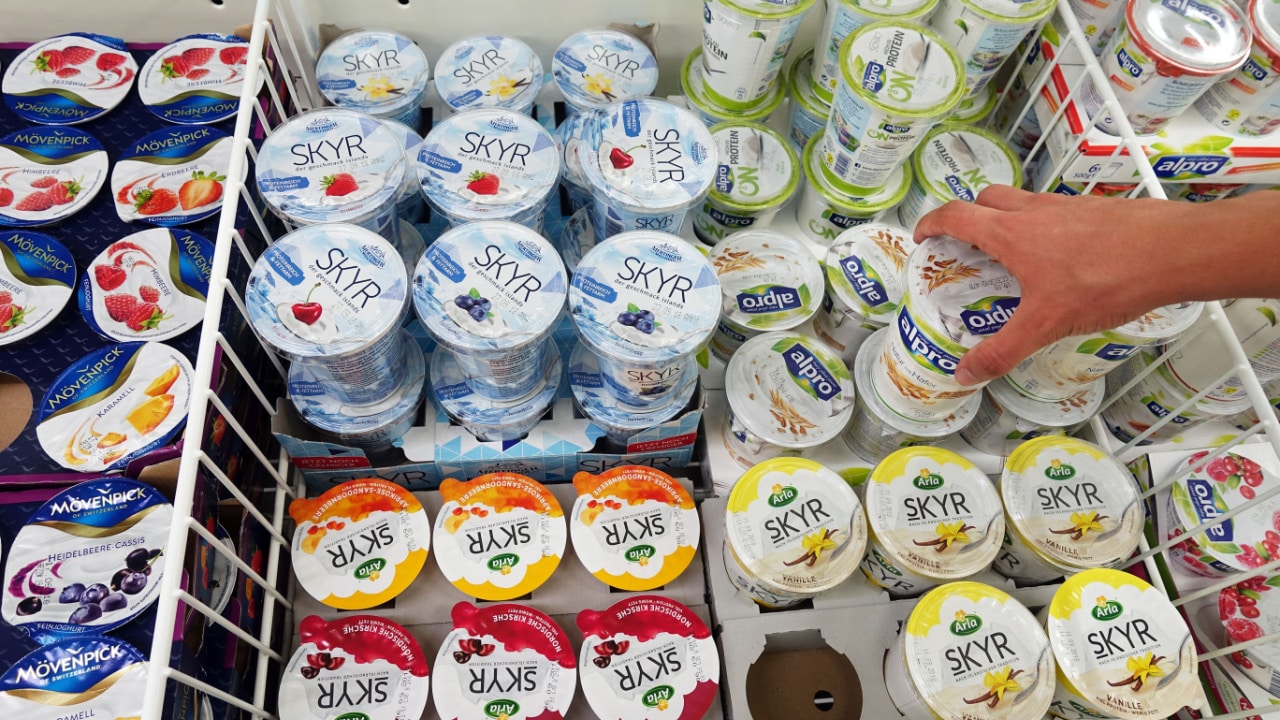
Yogurt is excellent for gut health and digestion, but flavored yogurts are pricey and less nutritious than people think. Unfortunately, sweetened yogurts can be very high in sugar, and when you’re paying $4 for one tiny tub, you’re not getting your money’s worth.
#9. Cold-Pressed Juice

Like bottled smoothies, cold-pressed juices attract those looking for healthy foods. But a single serving can cost more than $12, and the fruit and vegetables often lose much of their nutrients during the pressing process. These colorful drinks are pretty and yummy but not worth it.
#10. Enhanced Water

We all know water is essential in any diet, and you may be tempted to buy water with healthy additives like electrolytes, vitamins, and minerals. These additives are usually unnecessary and may even be in your tap water! So skip the fancy water and stick with your kitchen sink to save.
#11. Granola and Granola Bars
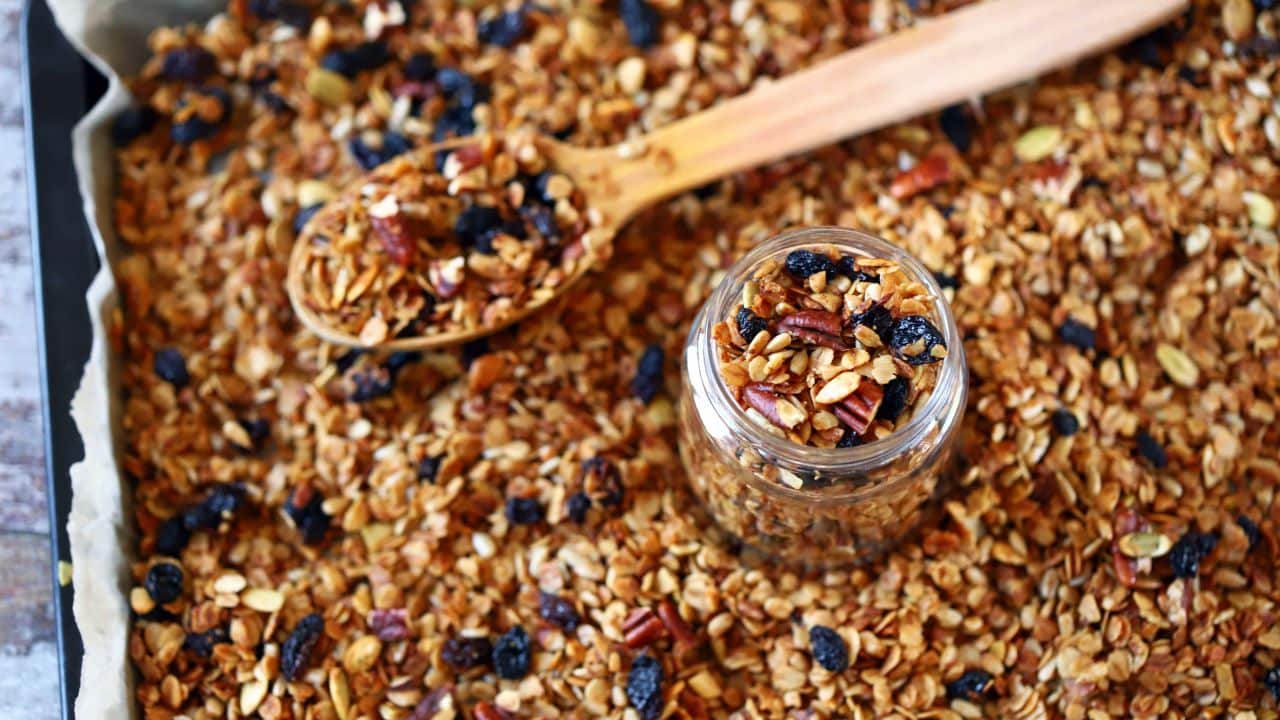
For a long time, people have associated granola with healthy eating, but this tasty snack isn’t as nutritious as some think, and it is incredibly expensive. A single granola bar can cost around $5, and a bag of nice granola can cost $15 or more! Just buy some oats and make granola at home.
#12. Plant-Based Meat
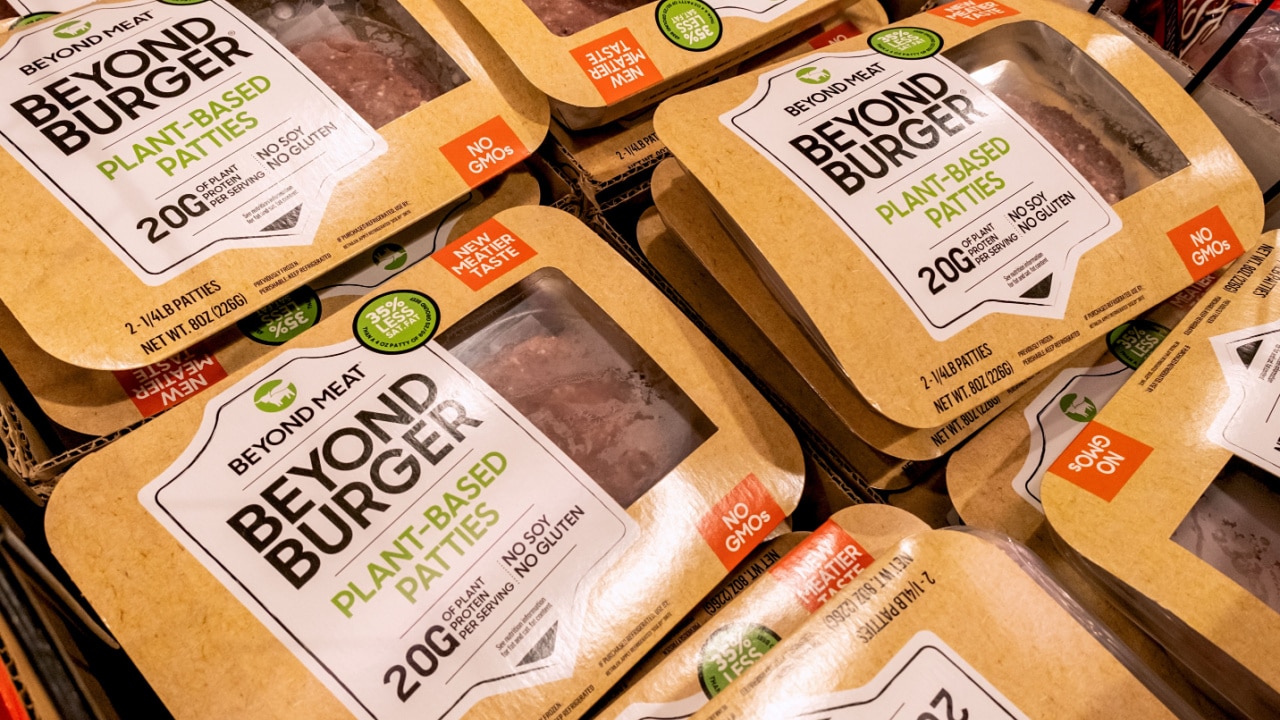
People may buy plant-based meats because they’re vegan, vegetarian, or just want to eat better. If you want faux meat, that’s fine, but you can get all the protein and nutrients you need from more affordable sources. Making your own versions of plant-based meat is also not too hard.
#13. Frozen Yogurt

Sadly, many people see traditional ice cream as a health sin, but frozen yogurt isn’t much better. If you adore a frozen sweet treat for dessert, just buy the regular ice cream and save yourself some money. Froyo isn’t substantially healthier, but the price is higher.
#14. Bagged Popcorn
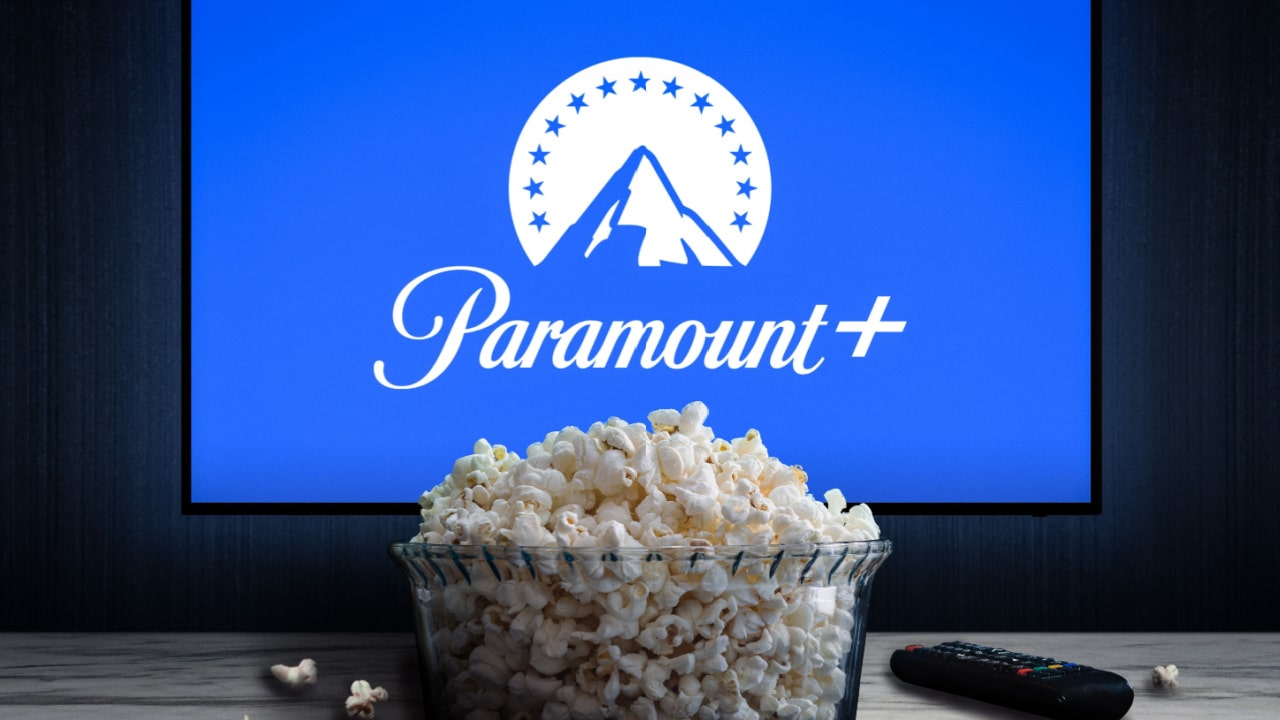
As a snack with few calories, popcorn is an attractive purchase for people trying to lose weight. While popcorn is a marvelous low-cal snack, pre-popped and bagged popcorn is priced outrageously compared to kernels, so pop it yourself and spend a fraction of the cost.
#15. Trail Mix
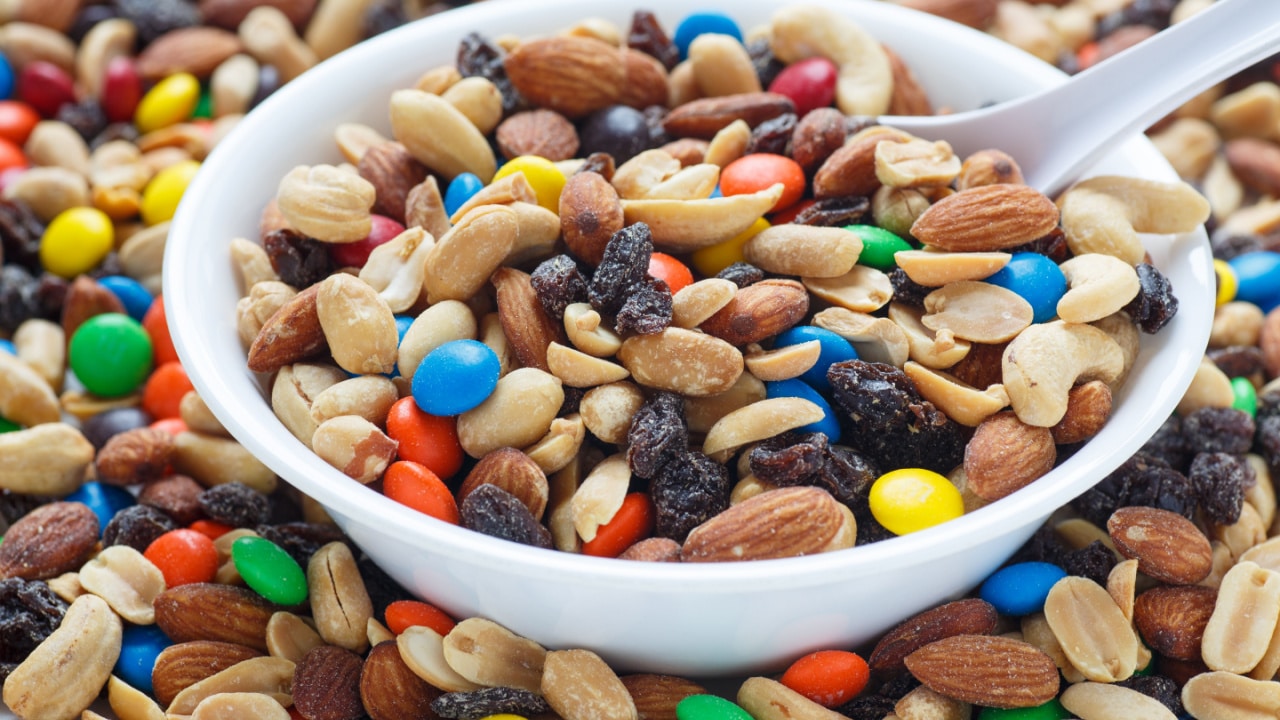
Trail mix can be wonderfully healthy with sources of protein, healthy fats, healthy sugars, and more. But buying a big bag of trail mix can cost $15! Many people recommend buying some of your favorite nuts and dried fruit and making trail mix yourself, as you’ll spend less and get the same yummy treat.
#16. Matcha
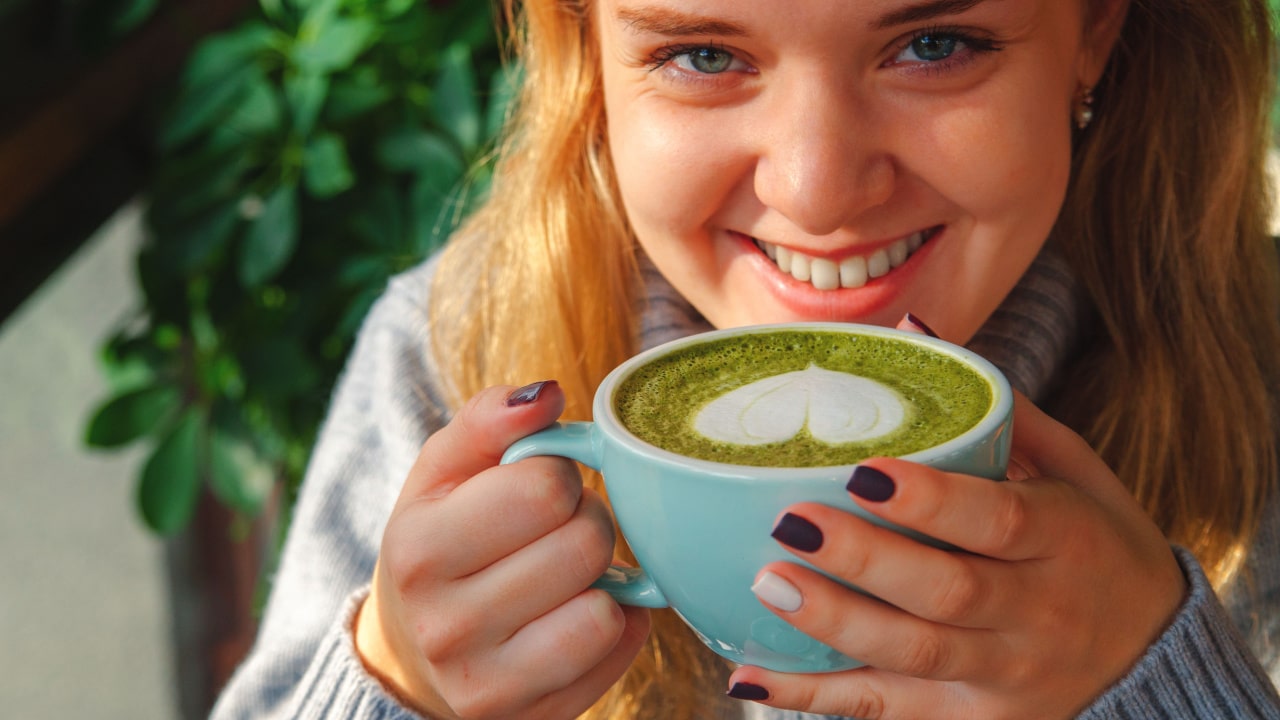
Matcha is a trendy drink option that people enjoy, but a single matcha latte from a coffee shop can be almost $10. Even buying matcha at the store can be costly, albeit less so. This drink has similar benefits to green tea, which is vastly more affordable, so brew a cup of tea and skip the green latte.
#17. Multigrain Bread
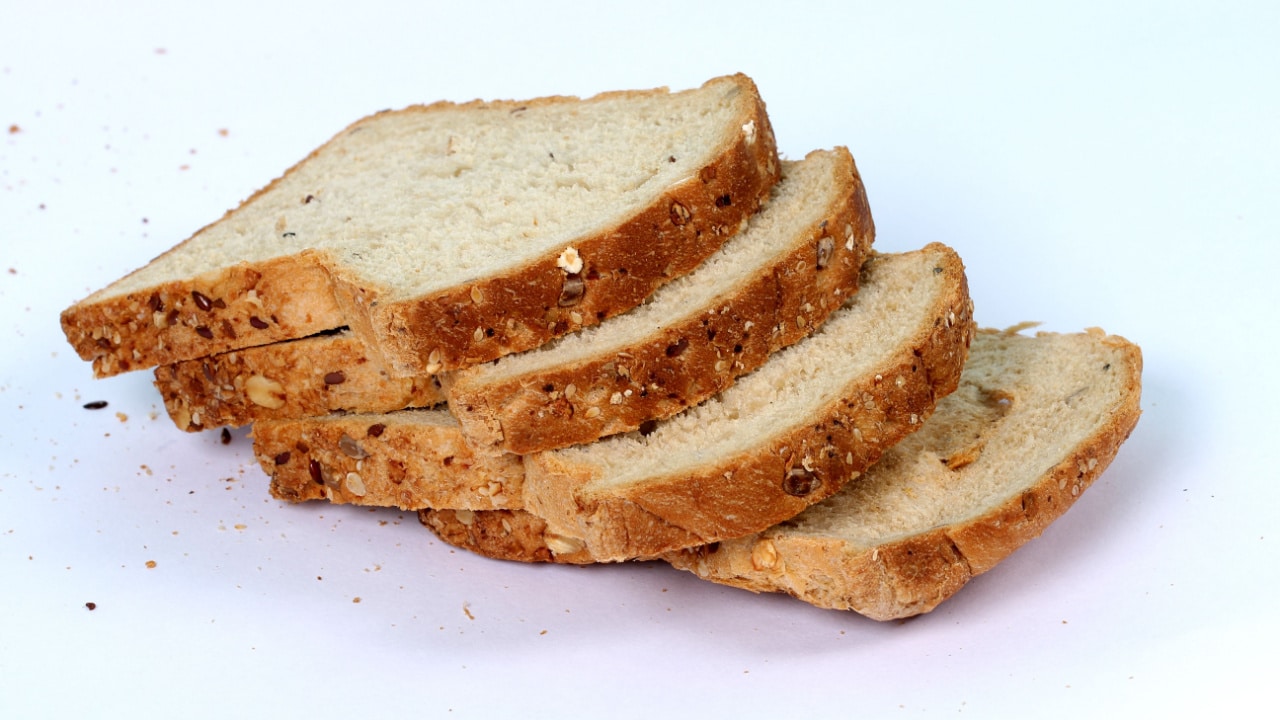
Multigrain bread sounds healthy and natural, but it offers nothing special regarding nutrition. Experts recommend whole grain bread instead, which is much healthier and typically less expensive than the fancy, name-brand multigrain loaves.
#18. Jackfruit
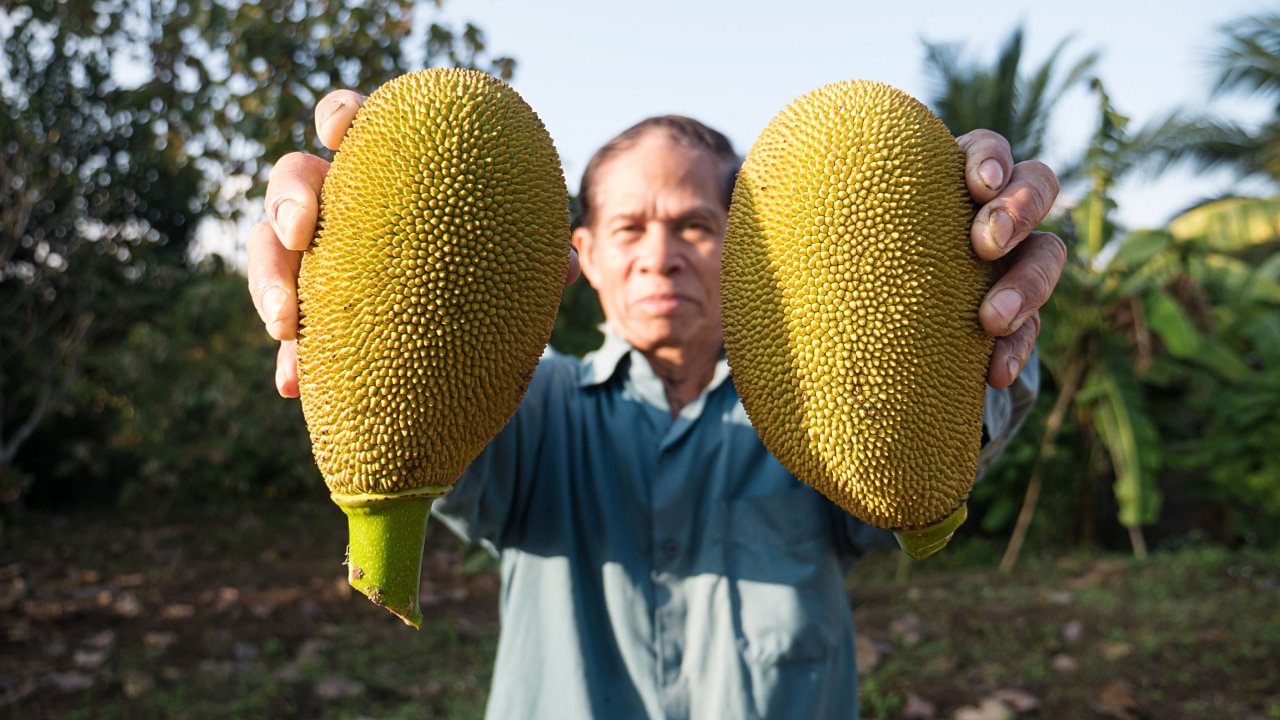
Jackfruit is an Asian fruit with an uncanny meaty texture, so it’s a common meat substitute. Vegans and vegetarians may buy this because they see it as a viable meat alternative, but it doesn’t have the same nutrients as meat and can cost twice as much as other protein sources.
#19. Oat Milk
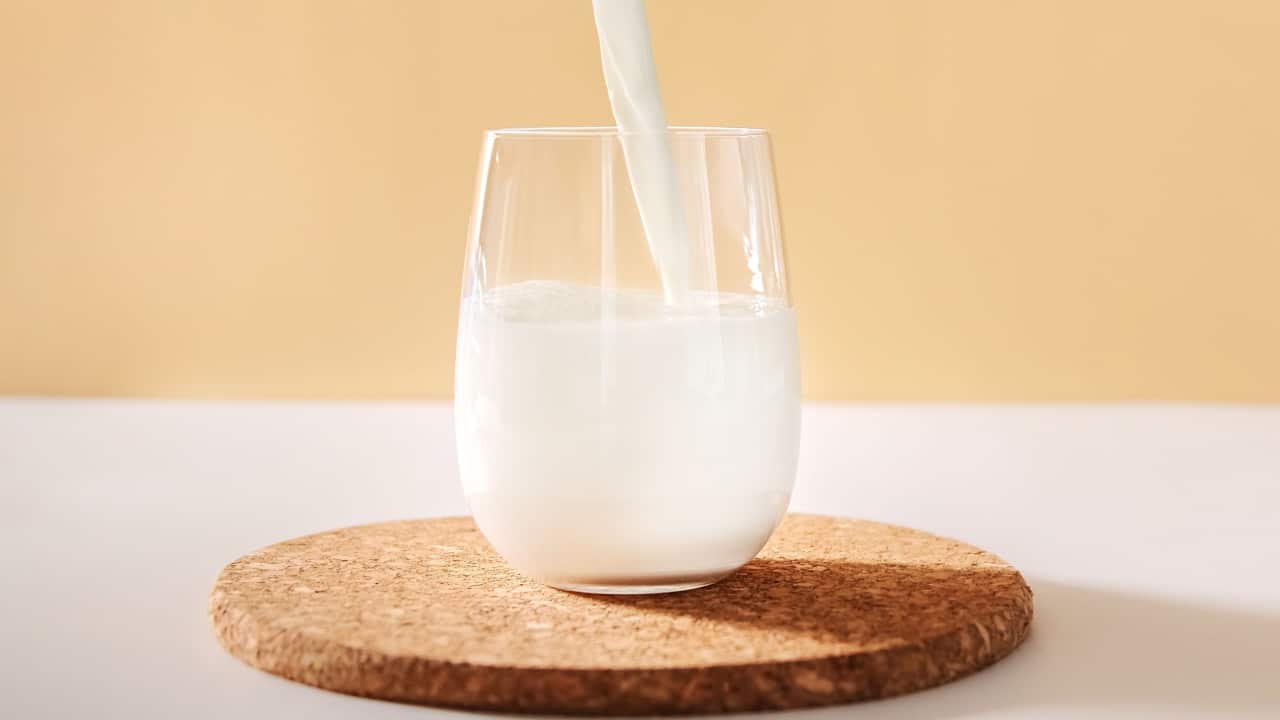
So many people have turned away from cow’s milk and toward plant-based milk. Some drink almond milk, while others use coconut milk. Oat milk is one of the trendiest plant-based milks right now, but it’s not a cost-effective choice at more than $12 a gallon.
#20. Yogurt-Covered Raisins
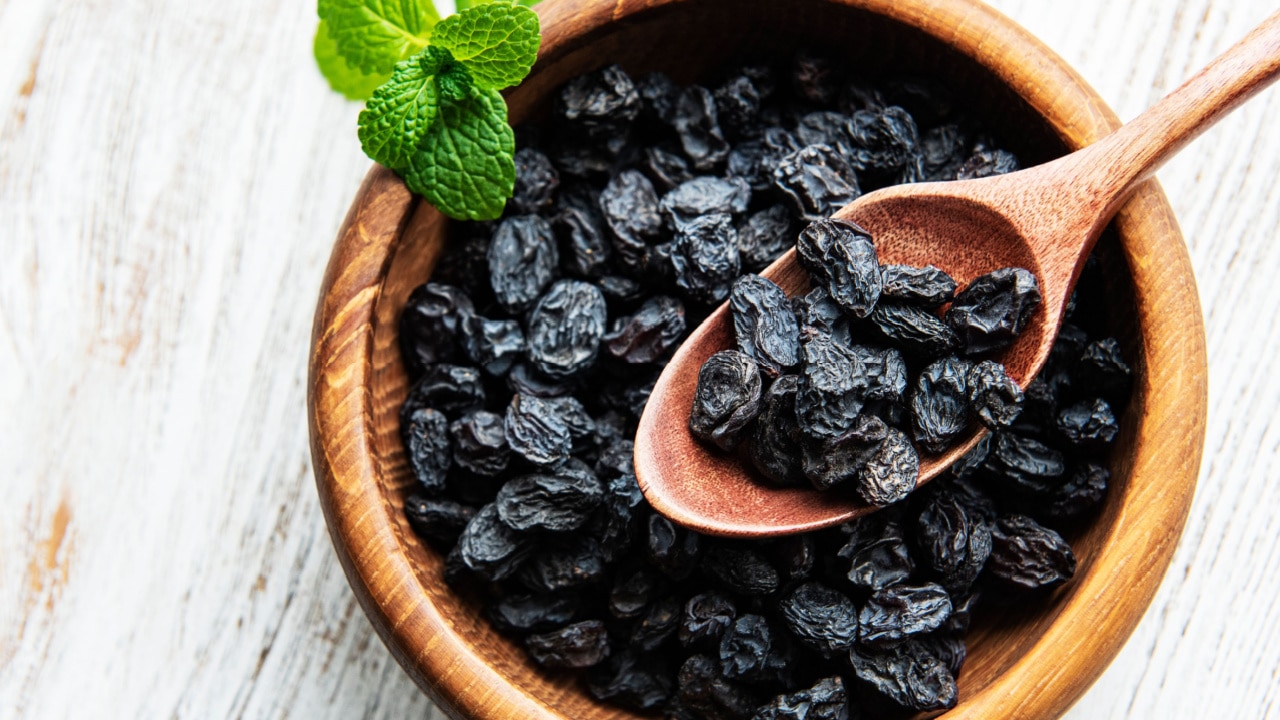
Yogurt is good for you, and raisins are a type of fruit, so yogurt-covered raisins must be healthy, right? Many people buy this snack because they think it’s healthier, but the moderate nutritional value cannot justify the high prices, with a small tub costing as much as $11.
#21. Avocados
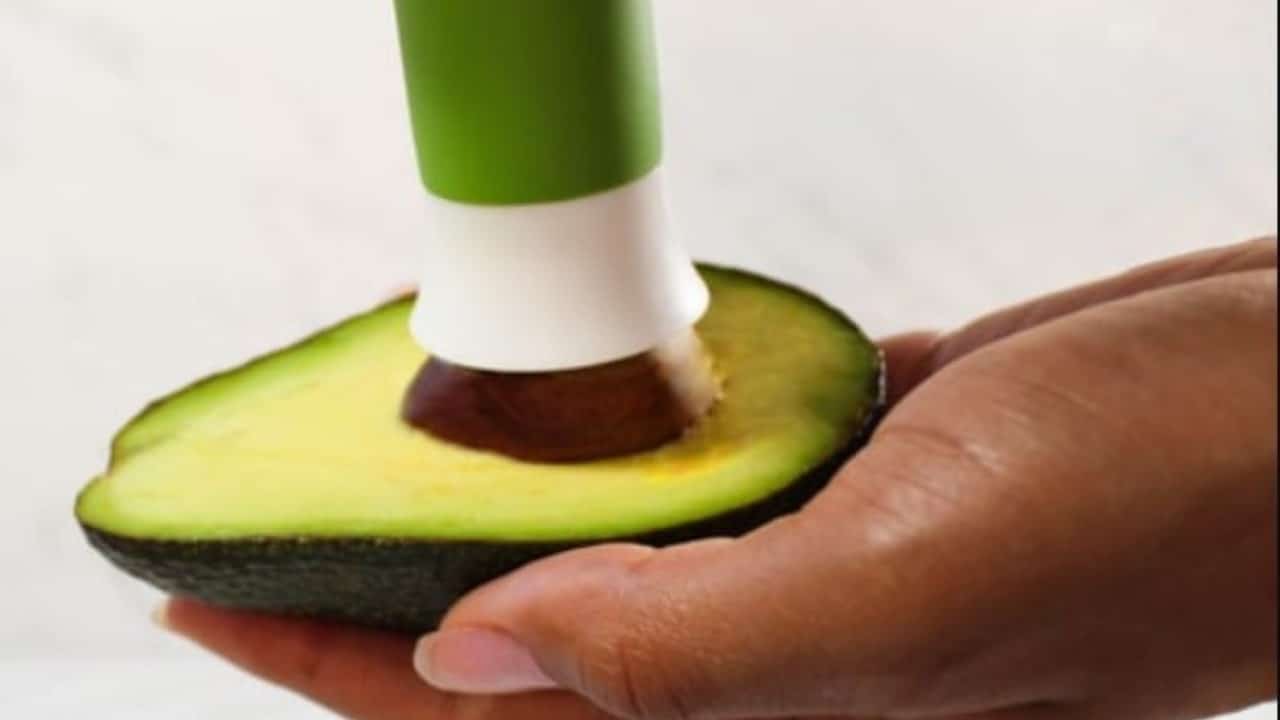
Avocados are healthy and delicious, but their high price tag outweighs their nutritional value. Whether buying organic avocados at the store, eating guacamole at a restaurant, or ordering avocado toast at brunch, you’re probably paying too much for this creamy green fruit.
#22. Almond Butter
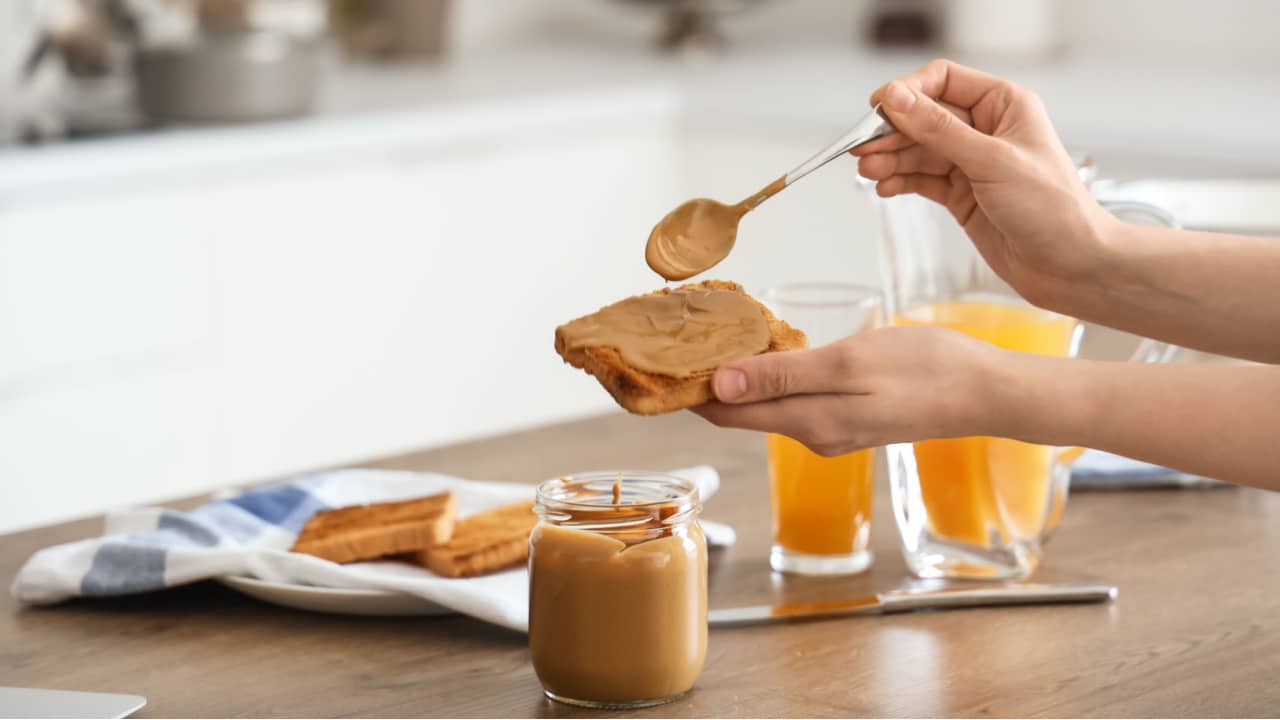
While almond butter can be more nutritious than peanut butter, the price difference is alarming. Almond butter can cost as much as $21 for a standard jar, while peanut butter can be as low as $3. Rather than opt for almond butter, just enjoy peanut butter in moderation, or make yummy almond butter at home!
#23. Pre-Portioned Foods
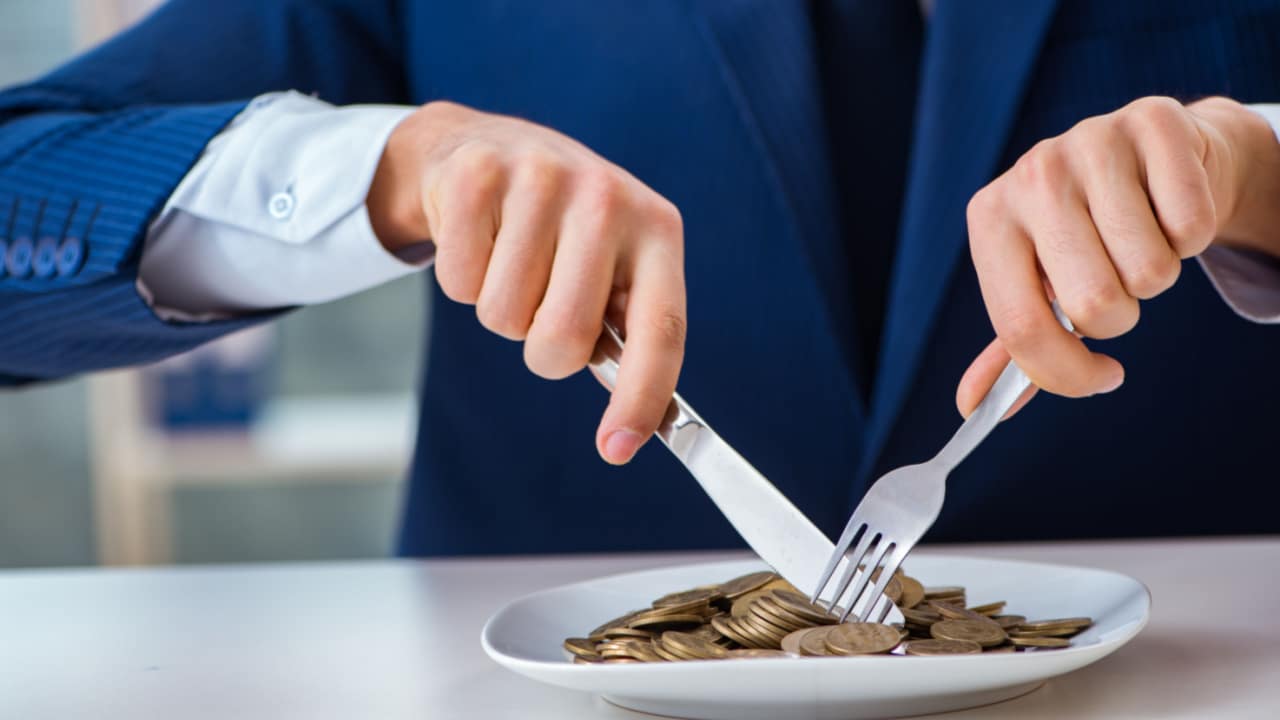
We know that having pre-portioned foods, like small bags of almonds, tiny hummus cups, or single-serve oatmeals, can make eating healthy and in moderation easier. However, you’re paying significantly more for that portioning. Rather than waste your money, portion all your food using small baggies and reusable cups.
#24. Kale Chips
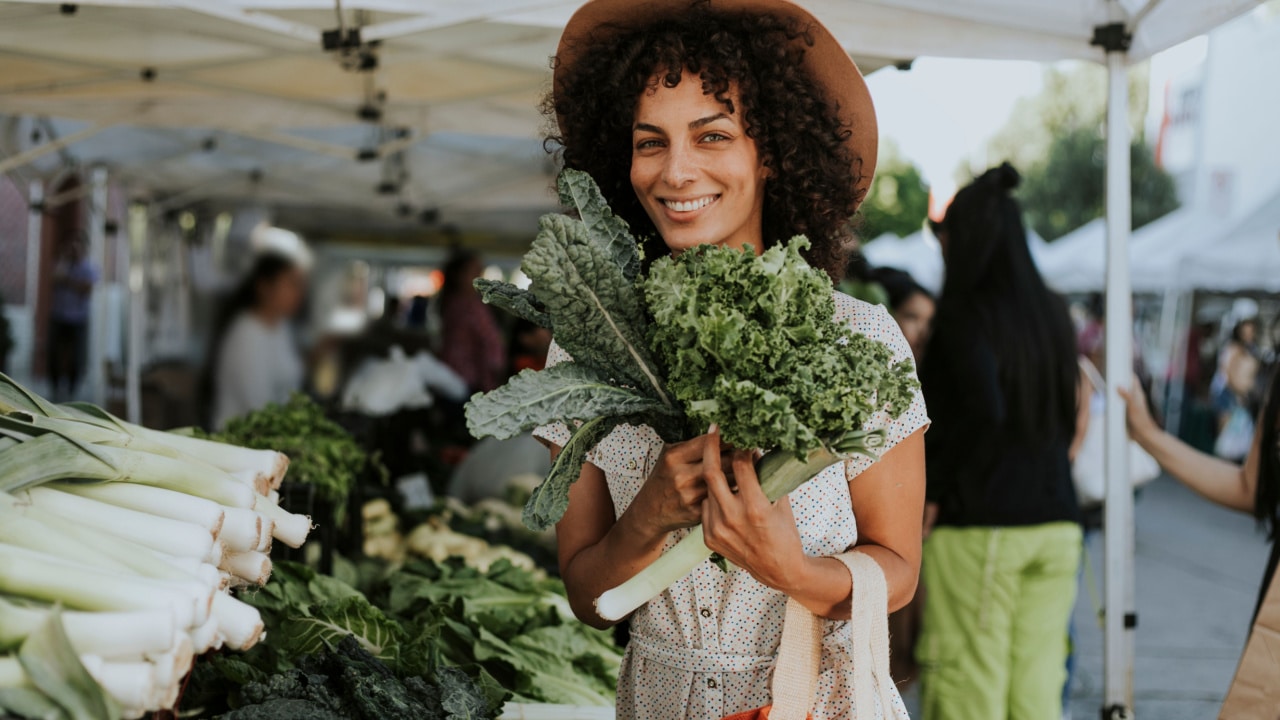
Kale can be expensive but usually worth it because of the health benefits. However, we recommend skipping the kale chips. These crunchy chips are super expensive, costing as much as $6 for a single serving, and have no added health benefits. Trust us, just toss your fresh kale in the oven with salt. They’ll taste just as good and cost a quarter of the price.
The post 24 Costly Nutrition Nonsense That Are Breaking Your Wallet first appeared on Liberty & Wealth.
Featured Image Credit: Shutterstock / PERO studio.
The content of this article is for informational purposes only and does not constitute or replace professional financial advice.
For transparency, this content was partly developed with AI assistance and carefully curated by an experienced editor to be informative and ensure accuracy.

